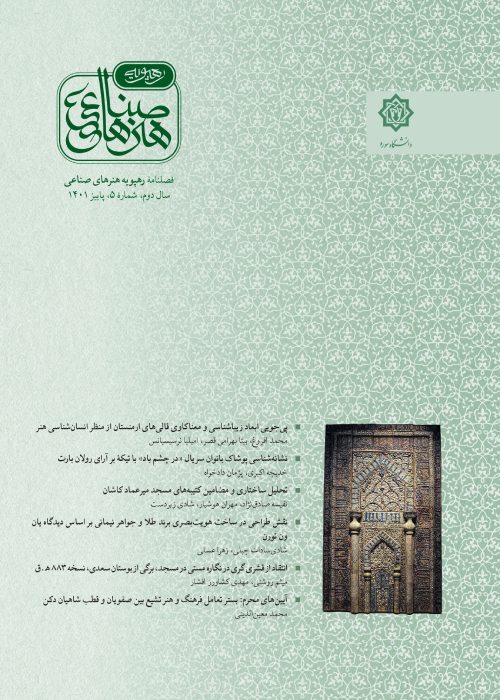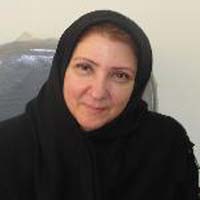Studying Armenian carpets from the perspective of art anthropology
The Armenian carpet is one of the artistic products of the native culture of this country and the oldest weaving system in the geography of the Caucasus, which has had a lively life since the past in the plateau of ancient Armenia. It was woven and presented based on the imagination and taste of Armenian weavers and the use of ritualistic, mythological, and religious symbolic concepts. The motifs in this carpet have been formed and continued over time in the cultural context and fabric of Armenian clothing. On this basis, any analysis and understanding of the Armenian carpet’s functional dimensions or its aesthetic and semantic concepts should consider the context of the culture in which it was created. Therefore, to achieve such a goal, The first stage is to look upon the study of the Armenian carpet with an anthropological approach to art to identify and analyze its forms and meaning.Anthropology of art is a comprehensive approach that is desirable and value-oriented in studying and understanding the art of native societies and their cultural background. This research tries to answer the question: What characteristics and indicators do Armenian carpets have, based on the anthropological approach of art and from the aesthetic and semantic point of view? And how can one understand the meaning and symbolic and aesthetic concepts of motifs based on the cultural context of Armenian society? The summary of the findings of the research includes the existence and presence of various plants, animal motifs, various geometrical and human shapes, and calligraphy in the text of the carpets, which, in addition to being created to fill with patterns and decorate the space of the carpets, they have an implicit mission as well, that is the symbolic and meaningful aspectof motifs, reminders, and cultural and religious messages that each of them has in their existence. Some of them include the dragon, the tree of life (Yasi), the cross, the altar and the church, and the bergamot, each of which has its meaning that has been formed over time and on the cultural background of Armenian society. This research is of a qualitative and developmental type, and the descriptive-analytical research method and the data collection is through library research.
anthropology of art , Armenia , Carpet , design , motif
- حق عضویت دریافتی صرف حمایت از نشریات عضو و نگهداری، تکمیل و توسعه مگیران میشود.
- پرداخت حق اشتراک و دانلود مقالات اجازه بازنشر آن در سایر رسانههای چاپی و دیجیتال را به کاربر نمیدهد.




